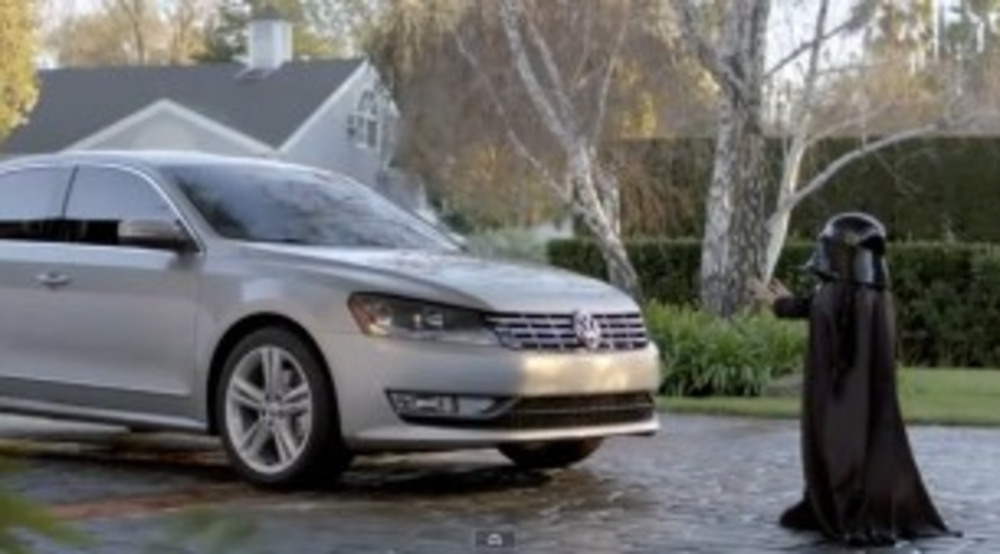As the convergence between TV advertising and social media continues to grow, more brands included a social component in their Super Bowl ads. This social media engagement provides an answer to the question that brands have asked for years: “How do we achieve more from our multimillion-dollar investments in Super Bowl airtime than just a 30-second spot?”
Consumer interaction with a brand across social media channels offers an immediate and low-cost way for brands to engage customers and effectively extend the life of a promotion. No stage is bigger for advertisers than the Super Bowl, making it the perfect platform for brands to expand the impact of their ad through social channels.
Last year, brands such as Coke, Doritos and Pepsi (without even advertising) leveraged social media effectively; this trend only grew in 2011. In fact, our Alterian “Buzz Bowl” results from 2010 to 2011 show a 61% increase in social media conversations surrounding Super Bowl ads. Companies such as Mercedes, Budweiser, and Kia featured social media tactics, such as the Mercedes Tweet Drive, as a prominent component of their Super Bowl ads. Others, such as Audi (with its Twitter hashtag) linked to Facebook and Twitter during commercials.
Surprisingly enough, these still weren’t the brands with the most social chatter. Volkswagen had the highest amount of mentions (10,342 as of Monday morning), about 80% of which took place from February 3 onward after the ad was posted on YouTube, suggesting that an interesting, well-liked ad will still generate more organic buzz via social media than those attempting to insert social elements into their campaign. Following Volkswagen in the highest amount of social chatter were Doritos, Pepsi, Groupon and Motorola, respectively.
These results indicate that a Super Bowl ad that resonates with consumers is capable of creating an incredibly impactful social campaign that can generate interest in the brand far beyond the Super Bowl game. However, it’s also important to note that not all brand interest is positive. Groupon, for instance was one of the top five most talked about brands on social media, but it also had the highest number of negative conversations out of all brands: about 13% of all Groupon conversations were negative.
By monitoring social conversations, marketers can measure the true outcome of their Super Bowl ads to gain insight on consumer activity, sentiment and the overall longevity of the commercial. Social media impressions can be looked at in conjunction with traditional TV ratings to better understand what brands made the greatest connection with their audience.
To do this, marketers can measure similarly to the Alterian 2011 Buzz Bowl, which looked at both the number and reach (basically determined by the popularity/influence of the person mentioning the brand) of social conversations to determine which brand was most successful in “Social Engagement.” Results indicate that Pepsi led Social Engagement, followed by Doritos, Volkswagen, Audi and Chrysler.
Additionally, marketers can measure the sentiment of social media conversations in conjunction with reach and volume to determine not only a brand’s social reach, but also how much of that reach was positive or negative. These results proved to be different from “Social Engagement” alone: Volkswagen led the pack, followed by Pepsi, Doritos, Mars and Chrysler. Although Volkswagen might not have had the highest combined volume and reach, it was more successful than Pepsi or Doritos when you take sentiment into consideration as well.
In the past, the Super Bowl provided a one-day event for advertisers. Now, these spots are just the beginning of a potentially larger connection and engagement with consumers. As such, the measurement for marketers doesn’t end after the game. For marketers, the Super Bowl spot itself is merely the first quarter of the advertising game. What the brand does to follow through, using social media channels and genuine consumer engagement, is going to determine whether they win big with consumers or return home empty-handed.
Scott Briggs is director of strategic solutions at Alterian.







